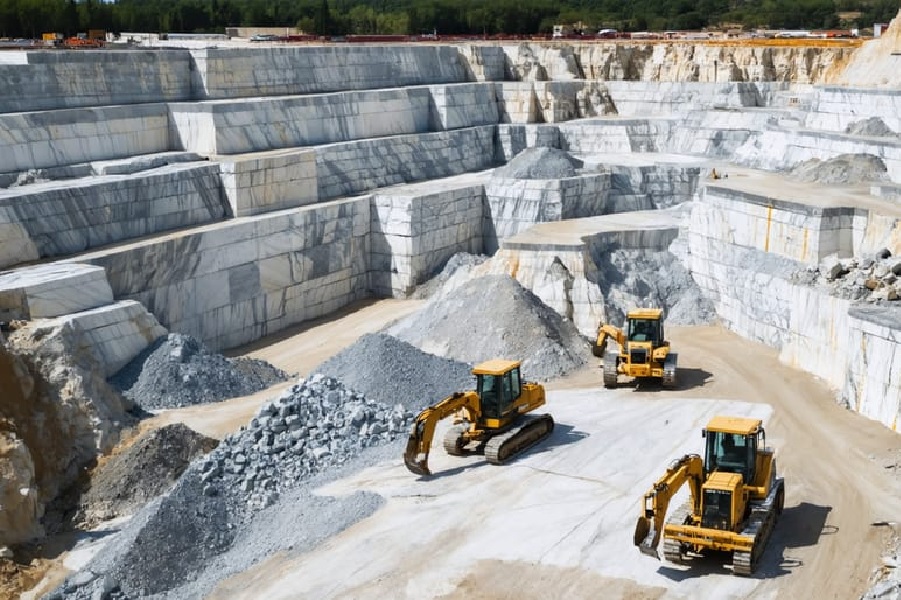
Spanish Marble And Travertine Supply Chain
The polished marble countertop reflecting the light in a kitchen or the elegant travertine floor in a living room both begin their existence as part of a massive, rugged mountain. The beauty of the finished product often hides the incredible journey behind the Spanish marble and travertine supply chain. This complex process involves a masterful blend of geological knowledge, advanced technology, and meticulous logistics to transform raw stone into the beautiful surfaces that define our homes. This article unveils that journey, offering a transparent look at the modern Spanish marble and travertine supply chain.
The Source: Unearthing Beauty from Spanish Quarries
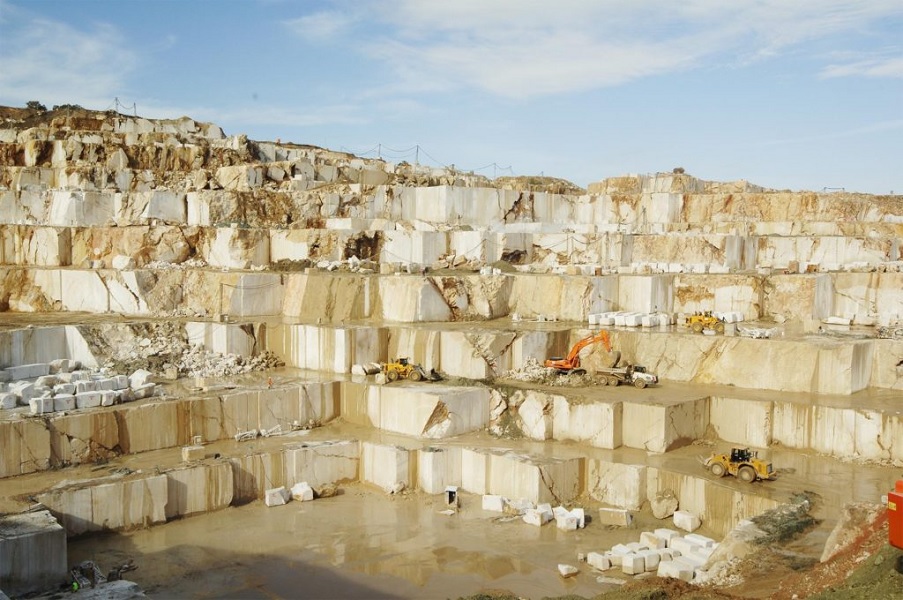
The journey starts deep within the earth, in the quarries of Spain. Regions like Alicante (home to Crema Marfil) and Macael (famous for Blanco Macael) have unique geological compositions that have been forming for millions of years. Quarrying is a precise and delicate operation. Unlike a mine where minerals are blasted, stone for architectural use must be extracted in large, intact blocks to preserve its structural integrity and beauty. Modern quarries use advanced techniques like diamond wire saws, which slice through the rock with precision, to carefully free these massive blocks from the mountainside.
This initial step is a careful balance of engineering and environmental stewardship. Quarry managers must understand the geology of the site to predict the quality and consistency of the stone layers. This expert knowledge ensures that only the best blocks are selected to continue on their journey. The commitment to quality at this foundational stage is a hallmark of the Spanish marble and travertine supply chain.
The extraction process involves several key stages:
· Site Analysis: Geologists assess the quarry to identify the highest quality veins of stone
· Block Extraction: Diamond wire saws and precision drills are used to cut and separate multi-ton blocks from the quarry face
· Initial Inspection: Blocks are inspected for major cracks or inconsistencies before being transported
· Transportation to Processor: The massive blocks are carefully loaded onto heavy-duty trucks for the journey to the processing facility
From Raw Block to Refined Slab: The Transformation Process
Once a raw block arrives at a processing plant, the next stage of its transformation begins. The massive, rough-hewn block is moved to a gang saw, a large machine fitted with multiple diamond-tipped blades. This saw slowly and carefully slices the entire block into individual slabs of a specific thickness, typically 2 or 3 centimeters. After cutting, the slabs are laid flat, and a special resin is often applied to the surface. This resin fills any natural micro-fissures or pits, strengthening the slab and enhancing its final polished appearance.
After the resin has cured, the slabs move to the finishing lines. Here, a series of rotating abrasive bricks, starting coarse and becoming progressively finer, grind and polish the surface to achieve the desired look. This is where the stone's true color, depth, and veining are finally revealed in their full glory. Understanding this meticulous process is key to appreciating the Spanish marble and travertine supply chain.
A variety of finishes can be applied to suit different aesthetic and functional needs:
· Polished: A high-gloss, mirror-like finish that brings out the stone’s vibrant color and detail
· Honed: A smooth, matte, or satin finish that provides a softer, more contemporary look
· Brushed: A textured finish created with wire brushes that gives the stone a worn, tactile quality
· Tumbled: A process of tumbling the stone with aggregates to create a rustic, aged appearance with softened edges
The Role of Technology in the Spanish Marble and Travertine Supply Chain
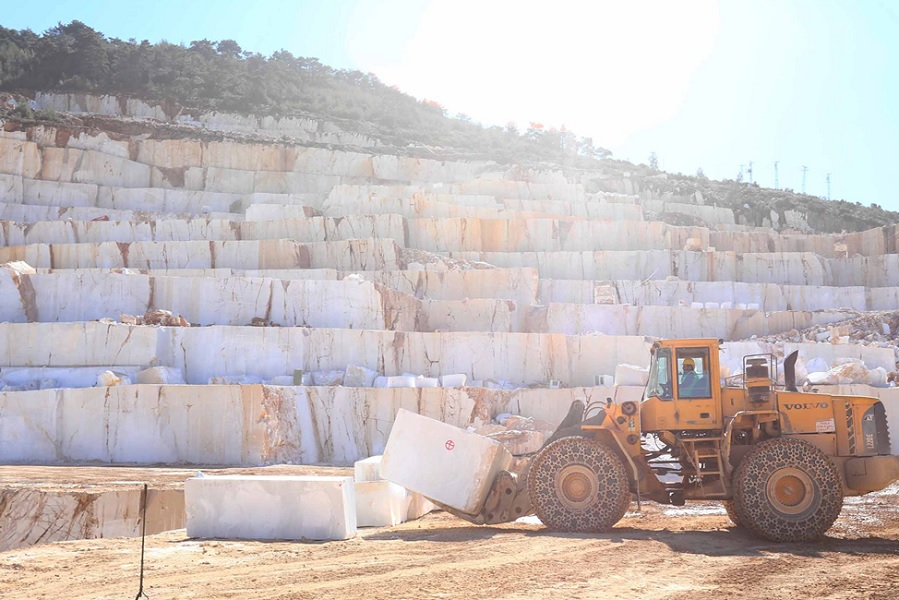
While the stone itself is ancient, the process of bringing it to market is powered by modern technology. Innovations at every stage of the Spanish marble and travertine supply chain have increased efficiency, improved quality, and enhanced the customer experience. At the processing plants, computer-numerical control (CNC) machines can cut slabs to precise architectural specifications with incredible accuracy. This allows for complex designs, custom shapes, and minimized waste.
Digital technology also plays a crucial role in inventory and sales. High-resolution photos are taken of every single slab, which are then cataloged in a digital inventory. This allows designers and clients from anywhere in the world to view and select specific slabs before they are even shipped. This blend of natural artistry and cutting-edge technology ensures that the final product is both beautiful and perfectly executed.
Logistics and Distribution: A Global Network
Once the slabs are finished and cataloged, they are prepared for their international journey. Transporting these large, heavy, and surprisingly fragile items requires specialized handling. Slabs are carefully bundled into wooden A-frames or crates, with protective material between each piece to prevent scratching. These bundles are then loaded into shipping containers for the voyage from Spanish ports to destinations around the globe. This intricate network is a vital part of the Spanish marble and travertine supply chain.
Upon arrival in the destination country, a quality importer and distributor like FMA Marble takes over. Our role is to manage the complex import process and transport the curated selection of slabs to our showroom. We act as the crucial link, ensuring that the finest stones from Spain's best quarries are made accessible to architects, designers, and homeowners. Our expertise in logistics guarantees that the precious cargo arrives safely and is ready for its final transformation.
Your Direct Link to Spain's Finest Stone: FMA Marble
The journey from a Spanish mountain to a stunning installation in a home is a testament to craftsmanship, technology, and a deep respect for natural materials. Understanding this process reveals the true value of every slab.
At FMA Marble, we are proud to be a vital part of this journey. We are not just suppliers; we are your direct connection to the source. Let our experts guide you through our curated collection of Spanish marble and travertine. Explore our inventory and discover the perfect stone for your project today.
Frequently Asked Questions
Why is Spanish marble so highly regarded?
Spain's unique geology produces iconic stones like Crema Marfil and Emperador marble. These are globally renowned for their consistent high quality, beautiful colors, and rich history in architecture.
Does a complex supply chain mean higher costs?
Not necessarily. An efficient, well-managed supply chain with direct quarry relationships, like FMA Marble's, eliminates unnecessary markups, ensuring you get premium stone at a fair and direct value.
How does FMA ensure the quality of its stone?
Our experts inspect blocks at the quarry, oversee processing, and personally curate the slabs that arrive in our showroom. This ensures rigorous quality control at every critical step of the journey.
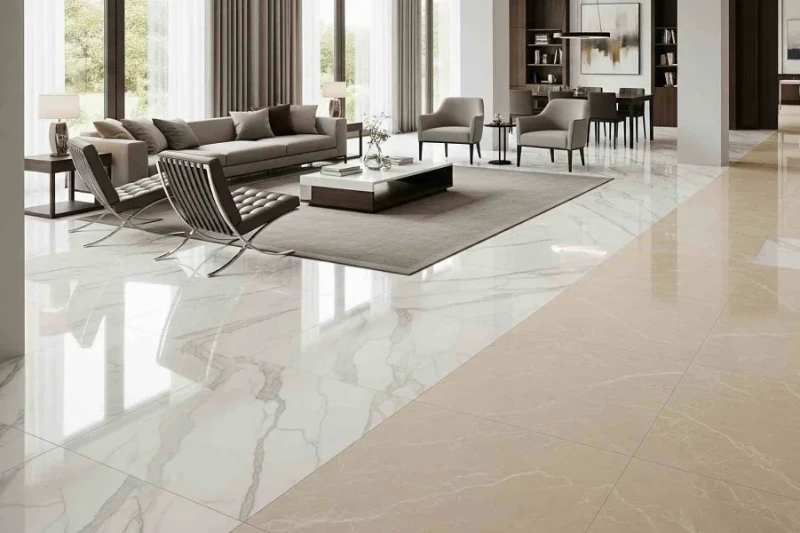

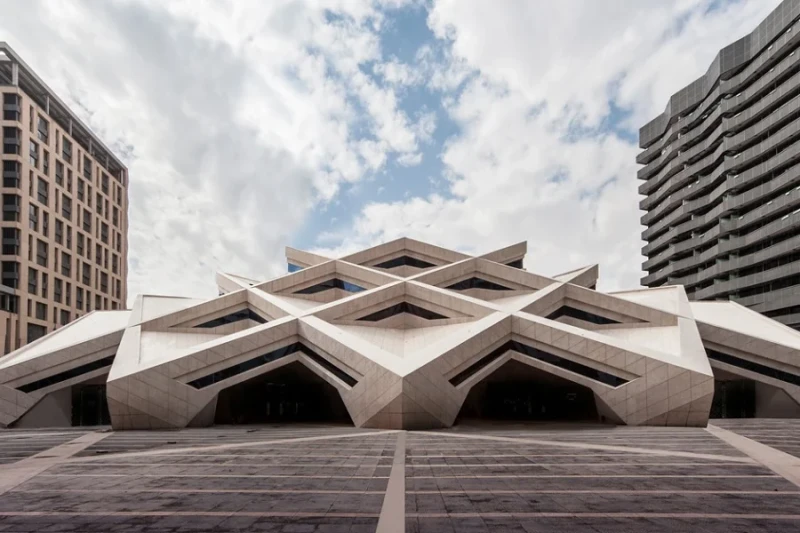
comments
No Comment YetLeave a Comment